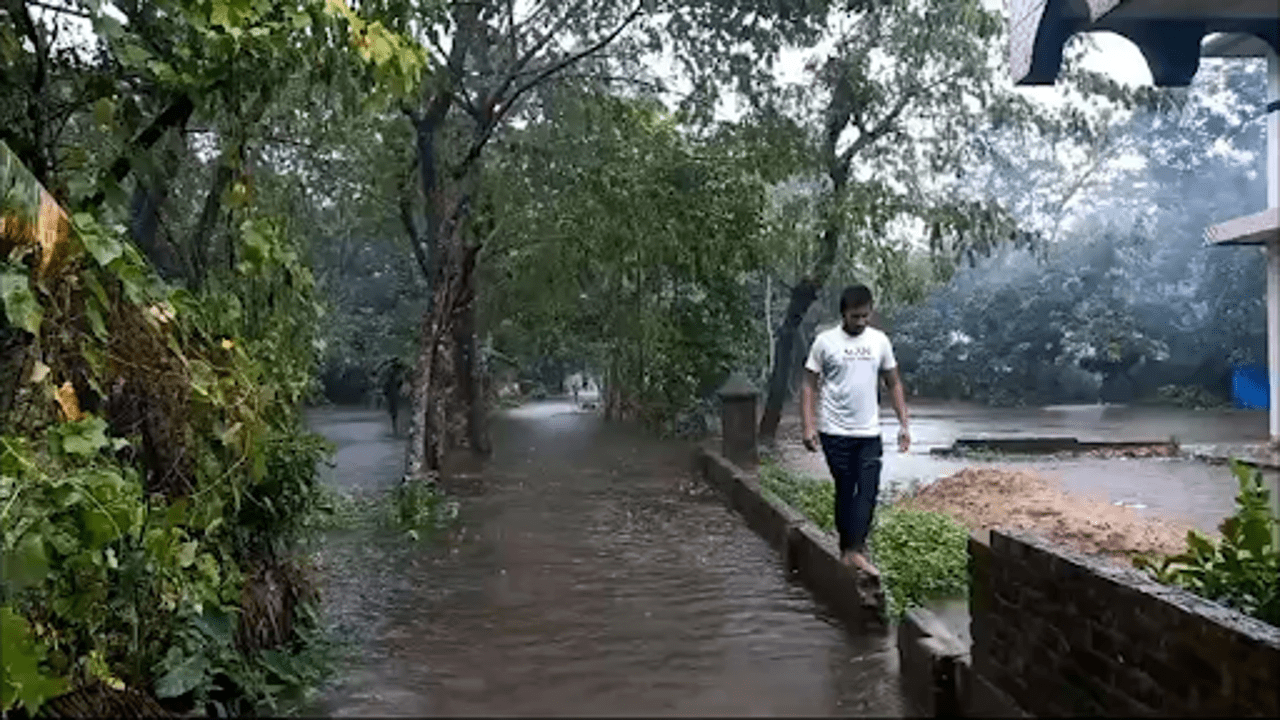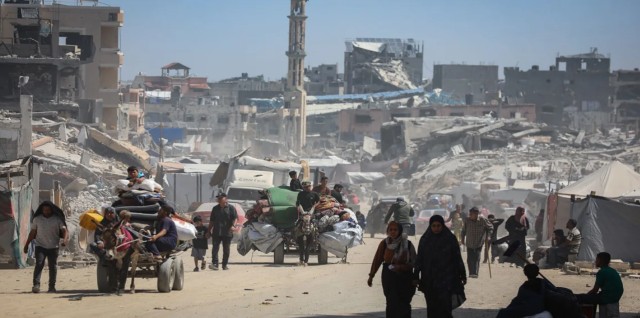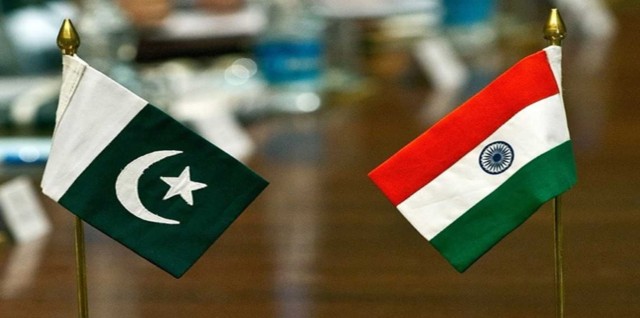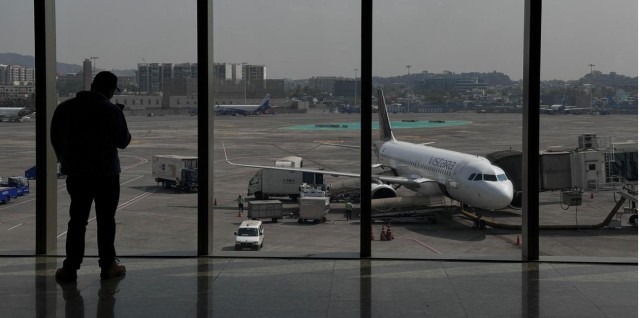
This image from a video shows the flooding in Noakhali district, Bangladesh, on August 21, 2024. CNN
Rescuers are working around the clock to evacuate communities hit hard by severe flooding in Bangladesh and northeast India. After days of relentless rain, rivers in these regions have overflowed, causing widespread damage and leaving millions affected.
In Bangladesh, nearly 3 million people are dealing with the impact of the floods. Many homes have been submerged, forcing residents to seek refuge on rooftops. The flooding has claimed at least two lives in Bangladesh, while 11 people have died in India’s Tripura state. According to local emergency services, over 64,000 people in Tripura are currently in relief camps.
The recent deluge has been particularly devastating in the Feni district of southeastern Bangladesh. Officials are working tirelessly to rescue stranded individuals and provide them with shelter. Military and naval teams, along with volunteers, are using boats to assist those in need. Temporary shelters have been set up in government buildings and schools, housing more than 25,000 displaced people.
Despite the easing of rain, floodwaters are still high, and it could be some time before they recede. Musammat Shahina Akter, a senior official in Feni, noted that the situation remains critical, with ongoing efforts to manage the crisis.
This image from a video captures the flooding in Noakhali district, Bangladesh, on August 21, 2024. CNN
In the city of Cumilla, fears are mounting as floodwaters rise dangerously close to breaking over levees protecting homes. Local residents, including farmers and students, are working to reinforce the levees with bamboo and sand to prevent further flooding. Many locals blame India for the worsening conditions, alleging that water from a dam in Tripura has exacerbated the floods. They argue that the dam’s release of water has led to a catastrophic rise in flood levels.
However, India’s Ministry of External Affairs has rejected these claims. They attribute the floods to hefty rainfall in recent days, rather than any deliberate release of water from the dam. Indian officials explain that the water release was a necessary response to high water levels and was not caused by manual intervention. They also mentioned a power outage in Tripura that has complicated communication efforts.
Tripura’s Power Minister Ratan Lal Nath has defended the automatic release system of the dam, stating that it functions to manage excess water and prevent overflow. According to Nath, the reservoir’s design ensures that excess water escapes automatically once it reaches a certain level.
The situation remains dire as more rain is expected in the coming days. Forecasts predict an additional 50 to 150 millimetres (2 to 6 inches) of rainfall, which could worsen the flooding conditions further.















